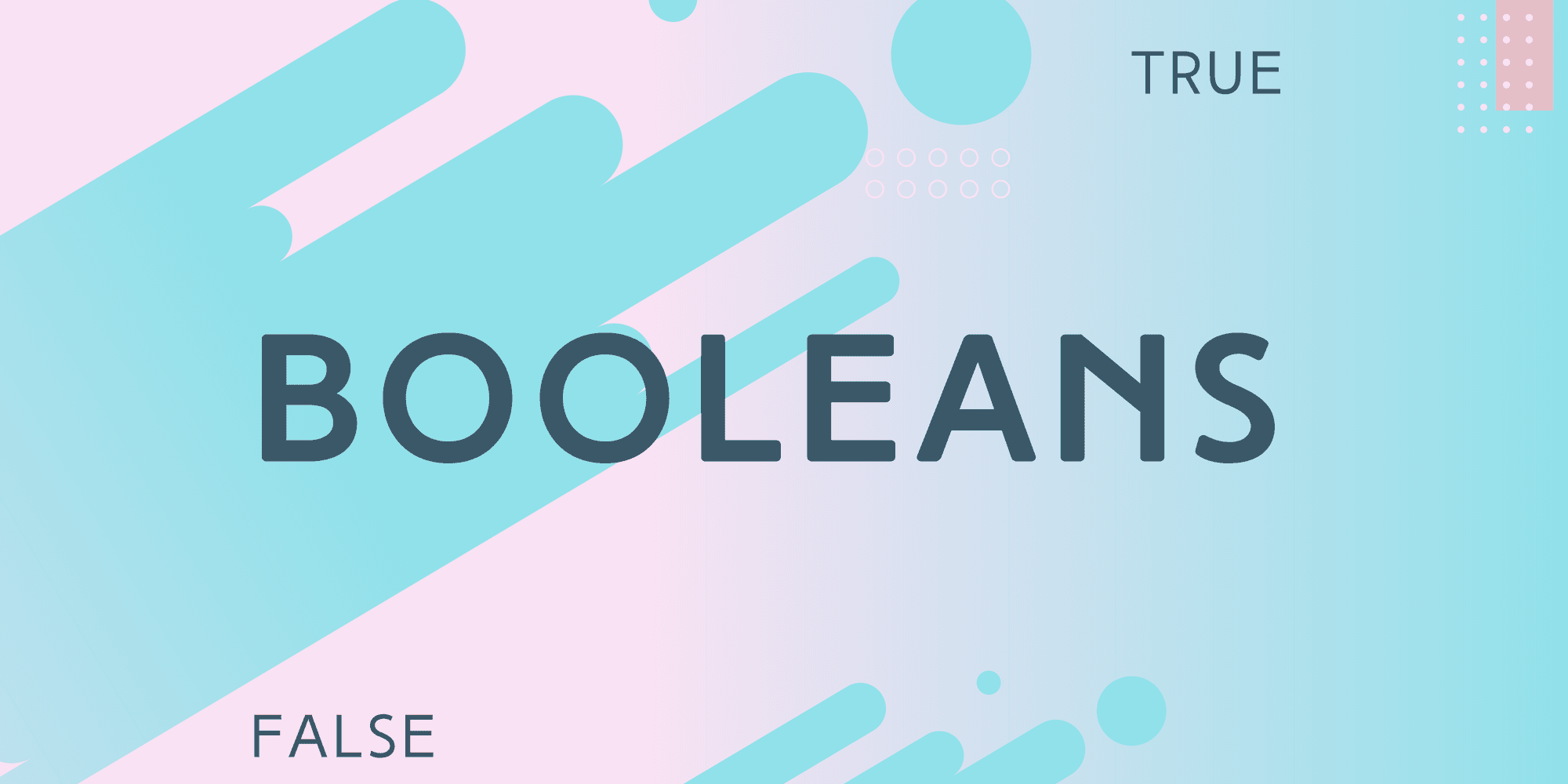Understanding JavaScript Boolean Equivalence
Aug 9, 2024

In JavaScript, the concept of boolean equivalence is fundamental to programming logic and decision-making processes. This blog post will explore the intricacies of JavaScript boolean equivalence, including its definition, practical applications, and best practices for using boolean values in your code. We will also provide code snippets to illustrate these concepts effectively.
What is a Boolean in JavaScript?
A boolean in JavaScript is a primitive data type that can hold one of two values: true or false. It is used to represent the truth value of expressions and is essential for controlling the flow of programs through conditional statements, loops, and logical operations.
The Importance of Boolean Equivalence
Boolean equivalence refers to the concept of comparing boolean values or expressions to determine their truthfulness. Understanding how to evaluate boolean expressions correctly is crucial for writing effective JavaScript code.In JavaScript, the most common way to check boolean equivalence is through comparison operators. The two main types of equality operators are:
Loose Equality (
==): This operator checks if two values are equal, performing type coercion if necessary.Strict Equality (
===): This operator checks if two values are equal in both value and type, without type coercion.
For example:
Best Practices for Boolean Comparisons
When working with booleans in JavaScript, it is often recommended to avoid explicit comparisons withtrueorfalse. Instead, you can directly use the boolean variable in conditional statements. This not only makes the code cleaner but also reduces the risk of errors.
Example of Best Practice
Instead of writing:
You should write:
This practice enhances readability and aligns with JavaScript conventions.
Truthy and Falsy Values
In JavaScript, certain values are considered truthy or falsy. Truthy values evaluate to true in a boolean context, while falsy values evaluate to false. The falsy values in JavaScript are:
false0""(empty string)nullundefinedNaN
All other values are considered truthy. Understanding these concepts is essential for effectively using boolean equivalence in your code.
Example of Truthy and Falsy Values
Logical Operators and Boolean Operations
JavaScript provides several logical operators that can be used to combine boolean values or expressions. These operators are crucial for constructing complex conditions in your code.
Logical AND (
&&): Returnstrueif both operands are true.Logical OR (
||): Returnstrueif at least one operand is true.Logical NOT (
!): Negates the boolean value of an operand.
Example of Logical Operators
Conclusion
Understanding JavaScript boolean equivalence is crucial for effective programming. By mastering the use of boolean values, comparison operators, and logical operations, you can write cleaner, more efficient code. Remember to leverage best practices such as avoiding explicit comparisons withtrueorfalse, and be mindful of truthy and falsy values in your expressions.